FAML strives to achieve natural spawning through temperature and photoperiod manipulations
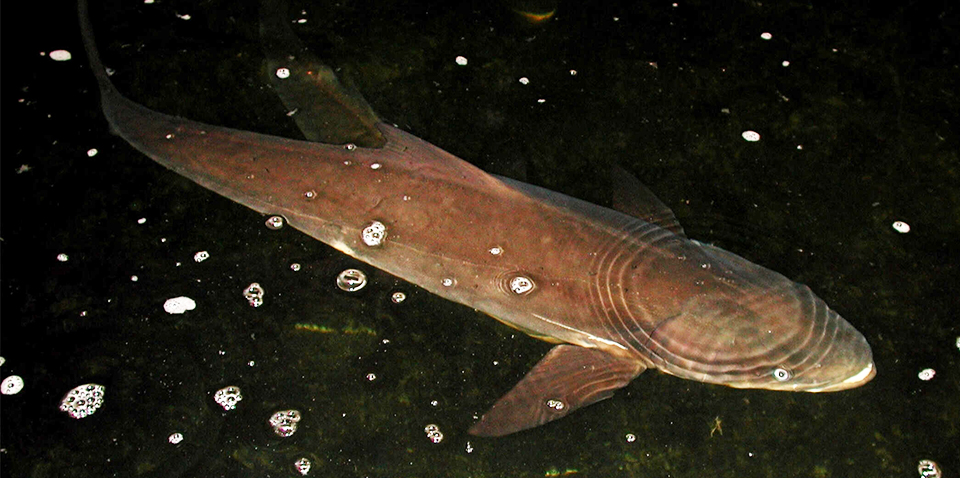
A major constraint to the expansion of marine aquaculture utilizing warm water species is the lack of consistent, year-round sources of high-quality eggs and larvae. Recent research with cobia (Rachycentron canadum) has generated considerable interest from both science and industry, primarily because of the rapid growth rate and flesh quality of the fish.
Cobia is a migratory species distributed worldwide in temperate waters. The fish are frequently found around structures near the surface, such as buoys, floating debris, or weed lines and offshore platforms. Considered low in overall abundance, cobia are targeted primarily by recreational fishermen as a prized saltwater catch. There are no major commercial fisheries for cobia.
Adult cobia are dark brown with a whitish ventral surface. Their elongated bodies reach lengths of 2 meters and weights of 60 kg. Larval, juvenile, and adult fish display prominent white stripes that run horizontally along both sides of the body that are especially bright when the fish are excited or feeding.
Cobia are social fish that are unusually curious in the wild as well as captivity. They readily approach divers or boats and adapt quickly to confinement after transfer to an aquaculture system.
Broodstock basis for development
Since 1989, researchers at the University of Texas Marine Science Institute Fisheries and Mariculture Laboratory (FAML) in Port Aransas, Texas, USA, have studied this species in captivity in an effort to achieve natural spawning through temperature and photoperiod manipulations. The goal is to induce and extend maturation for out-of-season spawning in order to control egg production.
Adult cobia are relatively large fish, and in an effort to minimize stress, handling is rare at FAML. The broodstock are maintained in large 4,000- to 9,000-liter recirculating tank systems in both buildings and greenhouses. Used successfully with various species, these systems generally incorporate a biological filter with water moved throughout the tank via airlift. Occasionally, saltwater is added to make up for loss to evaporation as well as periodic flushing. Soda ash is added to the system as required to adjust the pH.
Water parameters of 20 to 30 degrees-C temperature, 27 to 34 ppt salinity, and 7.6 to 7.8 pH are maintained in the tanks, with the fish exposed to a predetermined photoperiod and water temperature regime. The cobia broodstock tanks are equipped with artificial lighting as well as heat pumps.
Spawning occurs when water temperatures range 25.6 to 27 degrees-C and the photoperiod is 13 to 14 hours light and 10 to 11 hours dark. These spawning events have given researchers the opportunity to study and rear both larvae and juveniles, which are necessary first steps for the development of cobia culture in the United States. Cobia up to 45 kg have been raised for four years, with natural spawning every spring and summer since April 2001.
Larval and juvenile rearing
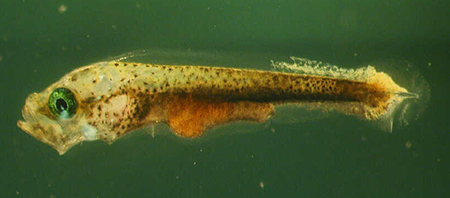
FAML recently reared cobia larvae in a recirculating aquaculture system to evaluate growth and survival. Eggs were set into four 1,600-liter fiberglass tanks submerged in a 25,000-liter recirculating raceway attached to an external biological filter. Six days after hatching, airlifts were added to the tanks to move water from the raceway into the tanks. Initial stocking density in the tanks was 1 larvae per 1.5 liter. The flow rate was increased as the larvae grew and were able to contend with the increased current. Photoperiod and temperature were ambient throughout both investigations.
Feeding began on day 3 with the introduction of enriched rotifers (Brachionus plicatilis) for the next four days. Newly hatched artemia nauplii were fed on days 6 and 7, followed by enriched artemia from day 8 to weaning. Larvae were successfully reared through weaning with survival of 38.5 percent.
The artemia nauplii were fed along with a dry feed until the majority of the fish were observed consuming the dry feed. At this point, the amount of artemia was gradually reduced until completely withheld.
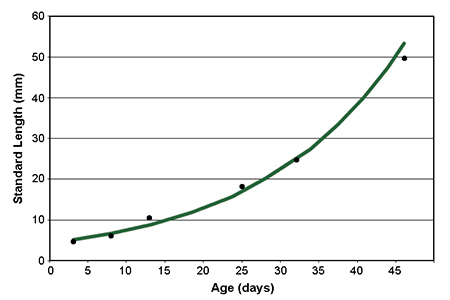
As the cobia began to accept the dry feed, size variation within the tanks increased greatly. This was primarily attributed to increased growth by those fish consuming the dry feed. The larger fish were removed from the tanks and released into another 25,000-liter raceway. This removal began on day 33 and was done as often as necessary until day 46, when all the fish were in the raceway and consuming dry feed. Fig. 1 shows the growth of the fish in the recirculating system.
The fish were reared in the recirculating raceway system to an average total length of 23 and 31 cm in two consecutive investigations. Both grow-out periods followed the same design with the only differences being the total rearing time and ambient light and temperature fluctuations. Growth in both studies was comparable, although the second rearing period had slightly faster growth, possibly attributed to the higher ambient temperature within the rearing system.
Conclusion
Induced natural spawning of cobia in a recirculating system at the University of Texas Marine Science Institute Fisheries and Mariculture Laboratory over the last three years represents an achievement that facilitates further studies by supplying eggs and larvae to researchers. The increasing knowledge of the larval and juvenile requirements of cobia developed from the use of recirculating systems will also help to make cobia a stronger candidate for commercial-scale aquaculture.
(Editor’s Note: This article was originally published in the June 2003 print edition of the Global Aquaculture Advocate.)
Now that you've reached the end of the article ...
… please consider supporting GSA’s mission to advance responsible seafood practices through education, advocacy and third-party assurances. The Advocate aims to document the evolution of responsible seafood practices and share the expansive knowledge of our vast network of contributors.
By becoming a Global Seafood Alliance member, you’re ensuring that all of the pre-competitive work we do through member benefits, resources and events can continue. Individual membership costs just $50 a year.
Not a GSA member? Join us.
Authors
-
Jeff B. Kaiser, M.S.
University of Texas Marine Science Institute
Fisheries and Mariculture Laboratory
750 Channel View Drive
Port Aransas, Texas 78373 USA -
Glenn Hitzfelder
University of Texas Marine Science Institute
Fisheries and Mariculture Laboratory
750 Channel View Drive
Port Aransas, Texas 78373 USA
Tagged With
Related Posts
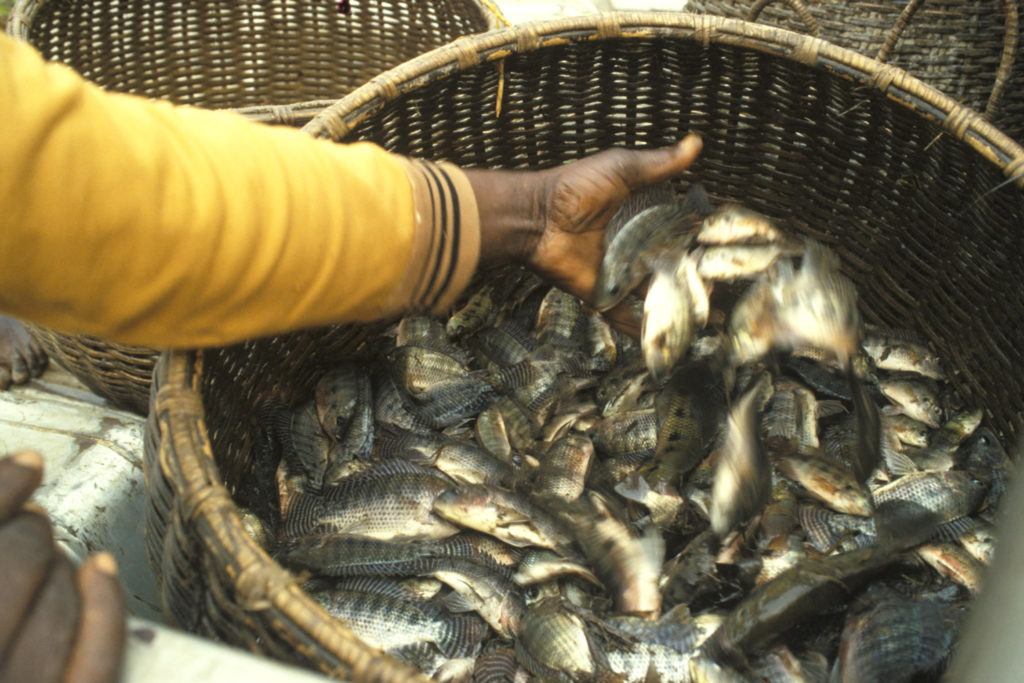
Responsibility
A helping hand to lend: UK aquaculture seeks to broaden its horizons
Aquaculture is an essential contributor to the world food security challenge, and every stakeholder has a role to play in the sector’s evolution, delegates were told at the recent Aquaculture’s Global Outlook: Embracing Internationality seminar in Edinburgh, Scotland.
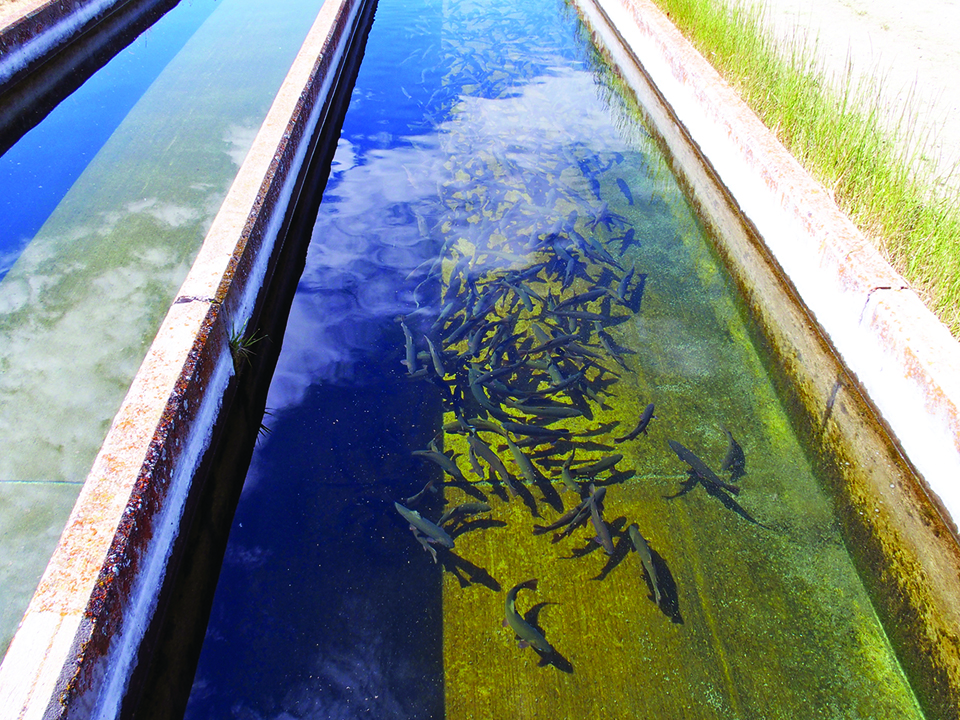
Aquafeeds
Breaking the 20 percent soy barrier in fish feed
Reduced performance in fish fed high-soy feeds has been blamed on antinutrients, low methionine content and palatability issues. Pretreatment to inactivate anti-nutritional compounds and supplementation with amino acids improves soy-based feed performance, but not to control levels.
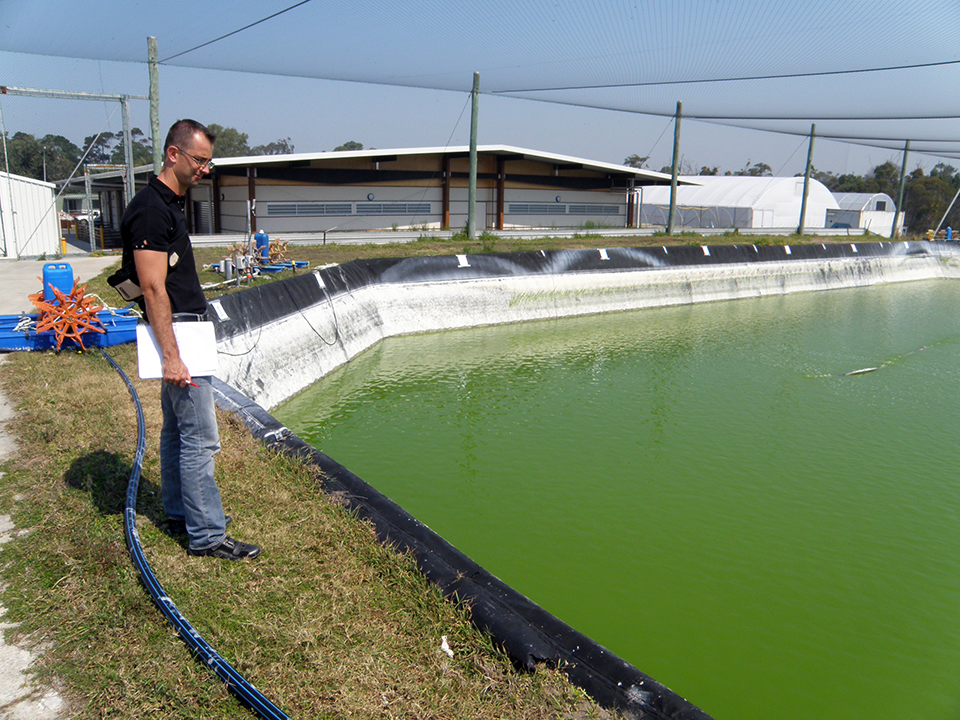
Innovation & Investment
Cooperation grows Australian aquaculture
Expansion of the Bribie Island Research Centre allows agencies to tackle multidisciplinary research tasks to help the Australian aquaculture industry.
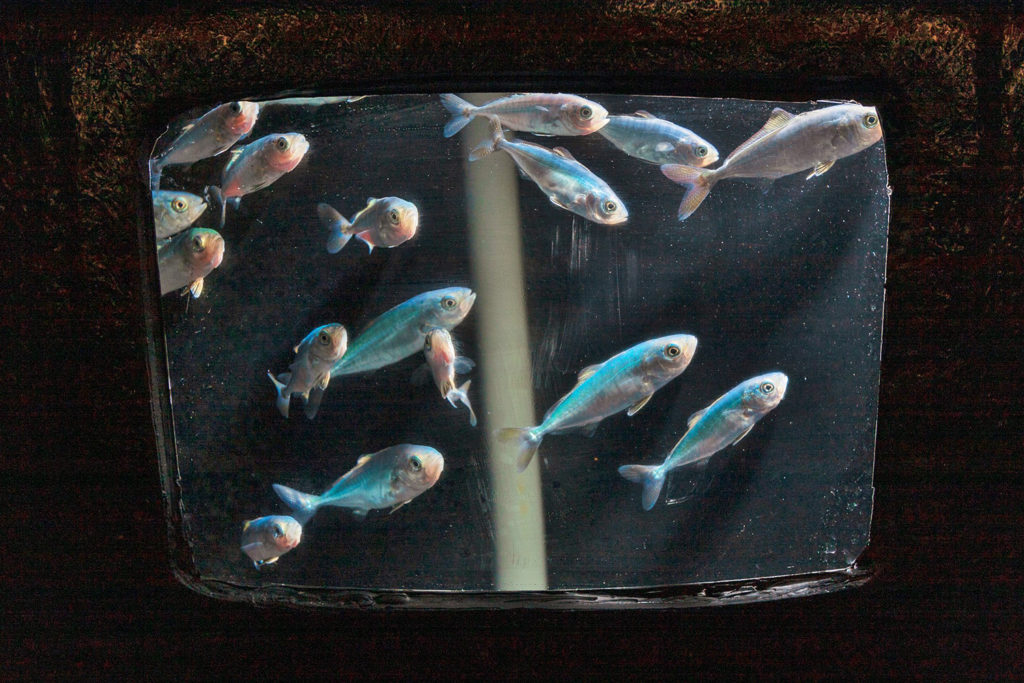
Health & Welfare
Efficacy of saturated lipids in juvenile California yellowtail feeds
This study compared production performance and tissue fatty acid composition of California Yellowtail fed diets containing various saturated lipids.


